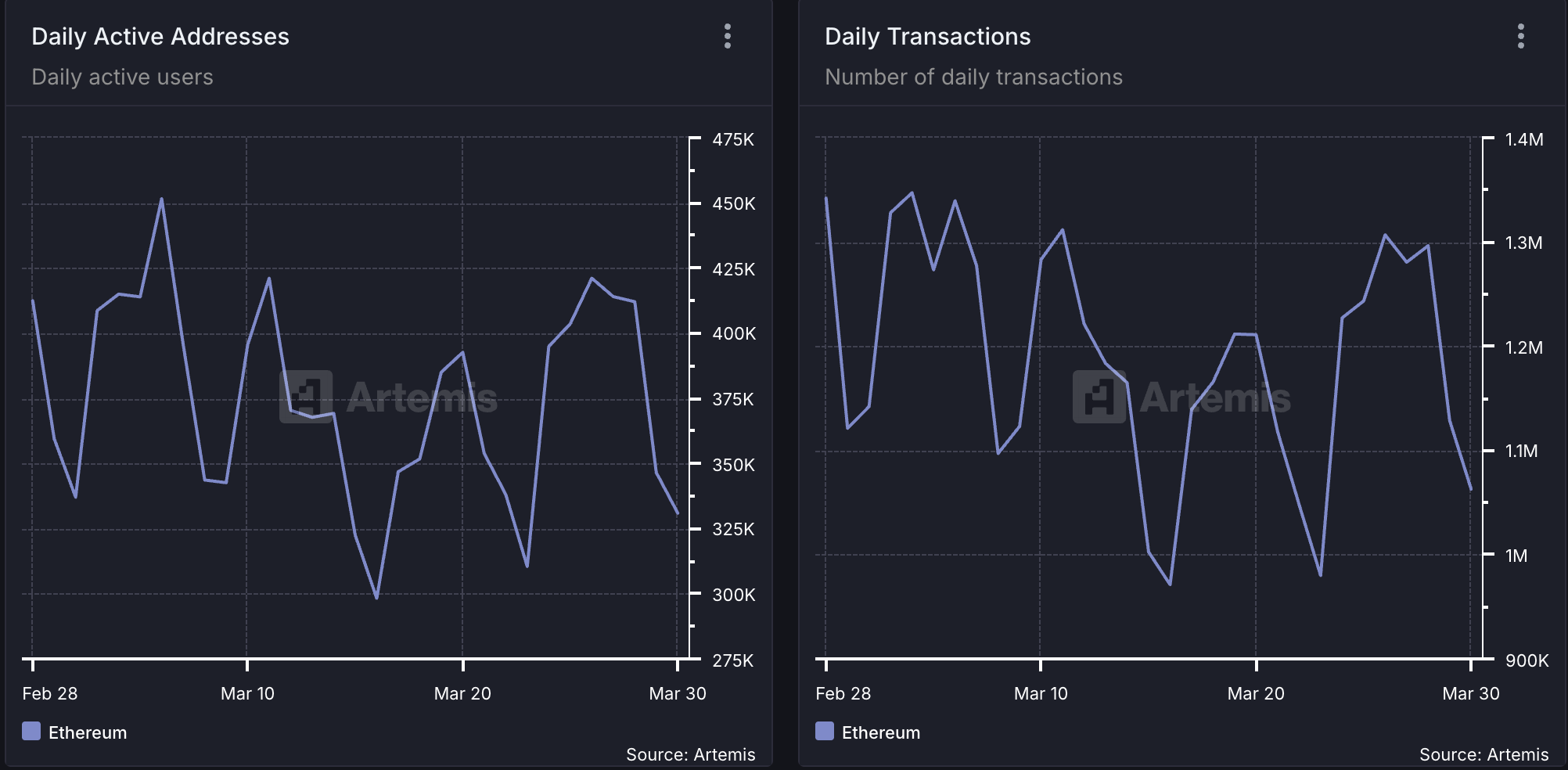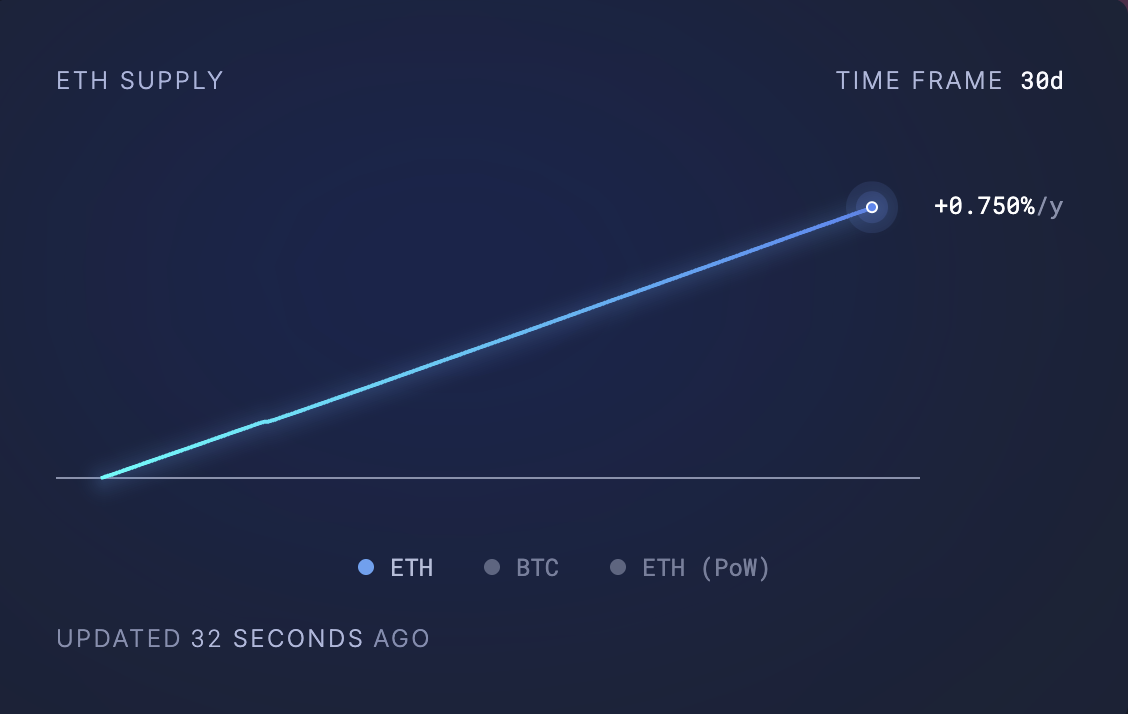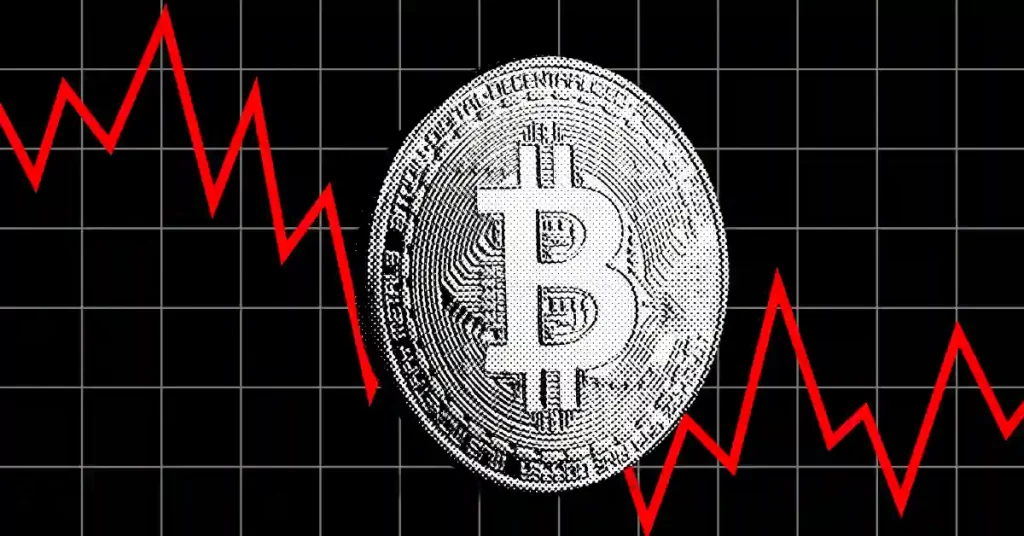
OM price has reacted negatively to MANTRA’s new token burn announcement. The team announced a token burn plan that will remove 150 million OM tokens from circulation forever. As per the details, they will plan an additional 150 million token burn which can bring the burn amount to 300 million tokens.
OM Price Slumps After Token Burn Announcement
According to the company’s announcement, CEO and Founder John Patrick Mullin will burn his entire 150 million allocation of team tokens. This was a promise he made to the community last week.
Despite the substantial supply reduction plan, the OM token price has reacted negatively to the news. Data shows that the OM price is down approximately 5% in the last 24 hours and trades at $0.5437. This decline adds to a much steeper drop of 91% over the past 30 days. Amidst this drop, CoinGape analysis talks about the possibility of OM rebounding 50% from its lows.
The token burn process has already started with the unstaking of 150 million OM from the Team and Core Contributor allocation. This was initially staked at mainnet genesis in October 2024 to support network security. The company has provided transaction hashes for verification, and the unstaking period will complete on April 29, 2025. Following this, the OM will be sent to a burn address and permanently removed.
MANTRA has started a transparent process for the token burn and has provided specific technical details to allow community verification of each step. The unstaking of 150 million tokens from the Team and Core Contributor allocation has begun and can be tracked through three transaction hashes provided in the announcement.
The tokens were originally staked at mainnet genesis in October 2024 to bootstrap network security. According to the announced timeline, the unstaking period will conclude on April 29, 2025, after which all 150 million tokens will be sent directly to the designated burn address.
MANTRA Plans An Additional 150 Million Token Burn
MANTRA has also mentioned that once the burn transaction is executed, they will give complete verification to the users. The company is also in discussions with key ecosystem partners to implement an additional 150 million OM token burn. This would double the impact of the initial burn to a total of 300 million OM removed from circulation.
The token burn will have major effects on MANTRA’s tokenomics and staking economics. According to the blog details, the 150 million OM burn will reduce the total supply from 1.82 billion OM to 1.67 billion OM. This is regarding an 8.2% reduction in the overall number of tokens present.
The burn will also impact the staking configuration within the network in a particular manner. Removing these tokens from staked supply will reduce the staked tokens to 421.8 million OM.
This adjustment will decrease the bonded ratio of the network from 31.47% to 25.30%. This decrease in the bonded ratio is especially important to stakers who bond their OM. This is because it will lead to a greater staking APR (Annual Percentage Rate).
Mantra’s crash was one of the most notable ones recently. Crypto exchange Binance also broke silence amid the token’s crash.
The post OM Price Reacts as MANTRA Announces Major 300M Token Burn Update appeared first on CoinGape.









